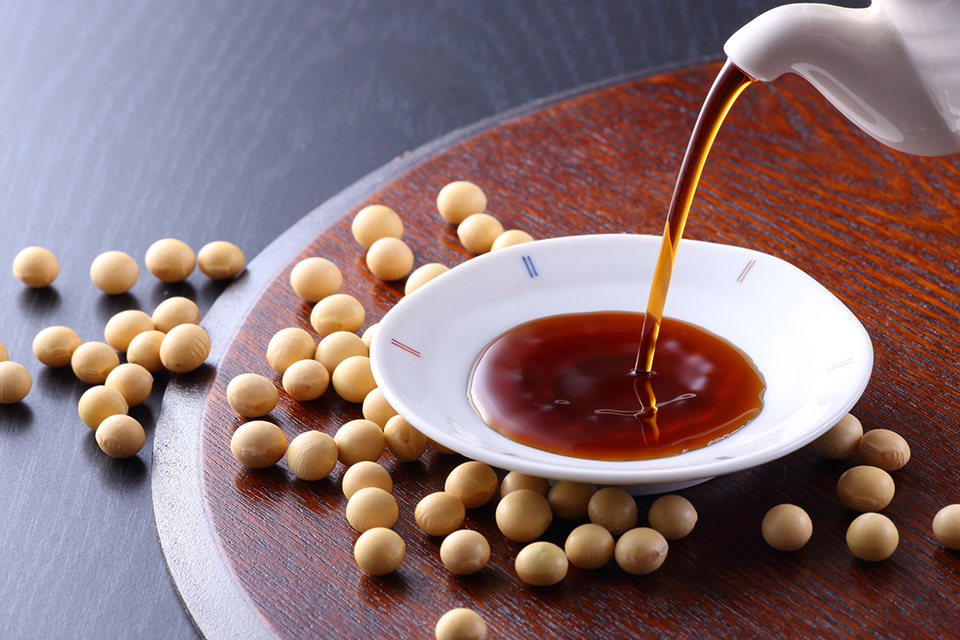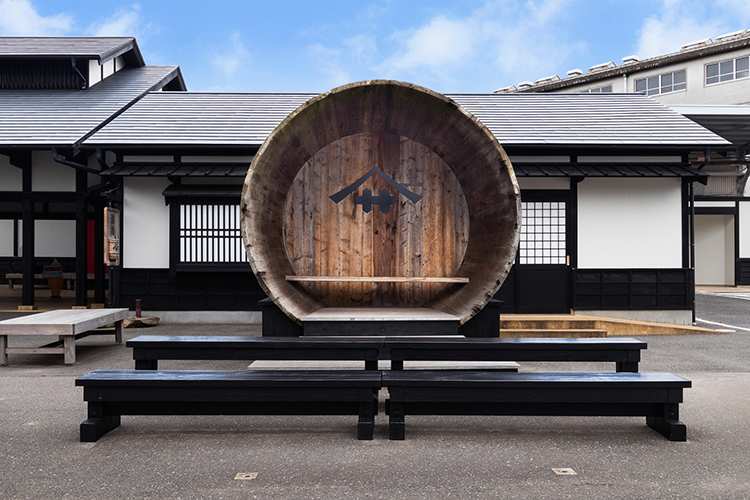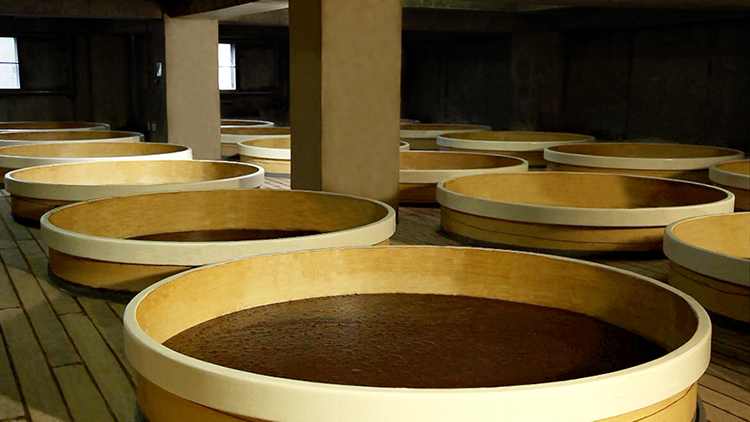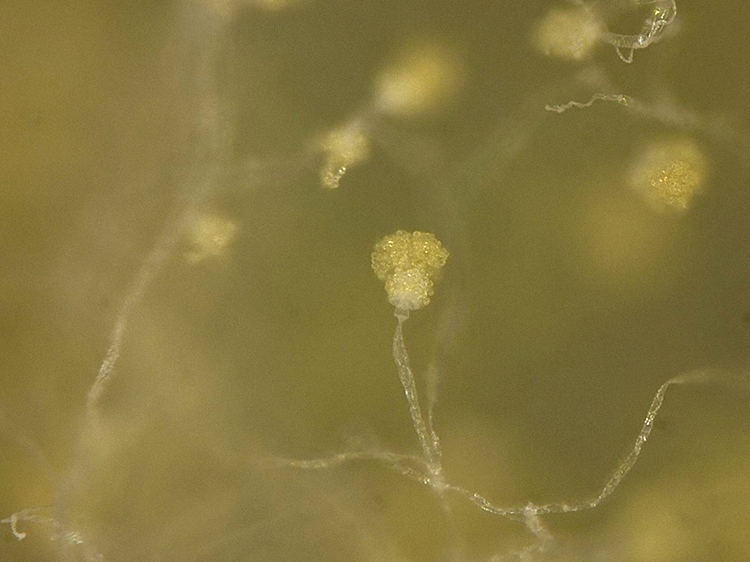The Essentials of Soy Sauce: Varieties and Uses
Mar 10,2022
The Essentials of Soy Sauce: Varieties and Uses
Mar 10,2022


Soy sauce is an indispensable seasoning for Japanese cuisine. It is a versatile ingredient that can be simmered, dipped, or poured over a variety of foods to enhance their flavors.
For this piece, we had Ohshika Hiroyuki and Nishitani Aya, from the PR Department at the Marketing Division of Yamasa Corporation — an esteemed soy sauce producer, explain to us the basics of soy sauce, which are surprisingly little known despite how common soy sauce is, how to mix and match different soy sauce types, and how best to store soy sauce to maintain its flavor.
Yamasa Corporation has been making high-quality soy sauce from 1645 to the present day. While always being a conscientious soy sauce producer, the renowned company has consistently brought new products to market that meet current needs, with an eye to generating new value amid declining soy sauce consumption.
The company has, in recent years, applied the technologies it pioneered in soy sauce production to the development and production of biotechnologies and pharmaceuticals. This enterprising approach underscores the unbroken spirit of innovation that lives on at Yamasa.

Yamasa is headquartered in Choshi, Chiba, the same location where the company was founded. The climate of cool summers and mild winters and the high humidity at the site, which is surrounded by water on three sides, is said to be the ideal environment for koji [rice malt] bacteria, which are the nucleus of soy sauce making.
How does Yamasa brew soy sauce in this town of Choshi that koji bacteria enjoy so much?
The main ingredients of soy sauce are just soybeans, wheat, and salt. The Yamasa brewery grounds are lined with siloes for storing large quantities of soybeans and wheat.
Ohshika explains the company’s soy sauce brewing process. “First, koji bacteria are added to steamed soybeans and roasted wheat and allowed to propagate in a room called the kojimuro [koji-production room]. After the koji bacteria have multiplied for three days, salt brine is mixed in with the koji mixture and placed in tanks in the brewing warehouse. This mash-like mixture is called moromi [unrefined soy sauce]. The moromi is left to ferment for several months while being agitated occasionally to aerate it with fresh air. When the moromi is sufficiently mature, it is wrapped in cloths that are gradually compressed to squeeze out the soy sauce in a process that takes three days to complete.”

The processes are largely mechanized today for stable production of large quantities of the product while ensuring hygiene and quality. The basic production method, however, is unchanged from the Edo period (1603 to 1868), during which time soy sauce first became widely used.
Soy sauce’s complex and robust flavor, which is hard to imagine from its simple ingredients, is the result of the umami of soybeans and the aroma of wheat, as well as the fermentation process driven by koji bacteria, lactic acid bacteria, and yeast. Another essential ingredient in Yamasa soy sauce, which many restaurants and manufacturers prefer, is the yamasa-kin [Yamasa fungus], a proprietary koji bacteria that has been passed down in the company for generations ever since its founding.
Nishitani describes the function of yamasa-kin. “The action of the yamasa-kin enzymes breaks down the soybeans and wheat as well as activates the lactic acid bacteria and yeast. This, in turn, drives the fermentation and maturation and gives the soy sauce its red coloring, complex aroma, and deep flavor. Each time we brew soy sauce, we carefully select and cultivate the best yamasa-kin, and we have protected the bacteria right up to the present day. It’s no exaggeration to say yamasa-kin is the core of Yamasa soy sauce.”

The yamasa-kin is so valuable that only a very few employees know where it is stored
The soy sauce that is pressed out of the moromi undergoes a final pasteurization step, which extracts the flavor’s sharpness and aroma and gives the soy sauce a vivid red color. In recent times, however, many raw soy sauces have appeared on the market that do not undergo pasteurization.
Ohshika gives the purpose of pasteurization. “Pasteurization not only eliminates bacteria; it also modifies the flavor, aroma, and color. We use our own production methods and expertise to produce a mild but full-bodied taste.”
What we are interested to know next is how to use the different types of soy sauce. According to the JAS Act, soy sauce varieties are divided into the following five categories. Each of these types has its own particular use.
Koikuchi [rich tasting]
Over 80 percent of domestic soy sauces are koikuchi soy sauces. This type is widely used in homes because of its versatility. It can be used for dipping, pouring, and seasoning simmered dishes to enhance ingredient flavors.
Sodium-reduced soy sauces are produced in the same way as regular soy sauces, but the salt content is extracted at the very end. Sodium-reduced soy sauces are ideal for people worried about their salt intake and for people who prefer a lighter taste.
Usukuchi [light tasting]
Because of its shorter brewing time than koikuchi soy sauces, usukuchi soy sauces have a lighter color and a milder flavor. Contrary to its name, however, this type has higher salt content than koikuchi. Since a little usukuchi goes a long way, we recommend using it in dishes, such as simmered dishes and chawanmushi [savory egg custard], where you want to bring out more of the ingredients’ natural flavors.
Tamari [dark and rich tasting]
Tamari soy sauces are brewed with 90 to 100 percent soybeans and almost no wheat. This type is distinguished by its rich umami flavor and dark color, due to its high soybean percentage. It is particularly popular in the Chukyo area around Nagoya. It is often poured on fried foods or used in stir-fries.
Saishikomi [double-brewed]
Saishikomi types are brewed with a method that adds extra soy sauce instead of salt brine during the production process. Often used in Kyushu and Yamaguchi prefecture, this type has a robust color, taste, and aroma.
Shiro [white]
Shiro is the opposite of tamari, brewed with a ratio of 90 percent wheat and 10 percent soybeans. Because of these percentages, it has little umami and more aroma. Shiro soy sauces are primarily used for processing foods like sembei rice crackers that do not need to be colored.
When exposed to air, soy sauce oxides and loses its color and flavor. What is the best way to use up soy sauce while ensuring it tastes good to the last drop?

The soy sauce on the left is from a freshly opened bottle, while the soy sauce on the right has been kept at room temperature for a month in a plastic bottle. As you can see, the soy sauce has oxidized and lost some of its flavor.
Ohshika details the best way to store soy sauce. “Ideally, you should transfer only what you will soon use to a soy sauce bottle or other container and use it up within a week. The rest should be kept refrigerated with the lid tightly closed and used up within a month or so to ensure the best flavor.”
Many customers, however, told Yamasa that it was hard to use up an entire bottle within a month. In response, Yamasa worked on and developed a container with a double-layered film to prevent the soy sauce from oxidizing. Launched in 2009, the product predated the freshness-preserving containers that are now commonplace and was a huge hit, selling a million units in just six months.
Nishitani outlines Yamasa’s future plans. “As soy sauce consumption declines, we are researching types of containers that will allow customers to enjoy delicious soy sauce for longer periods. We are also engaged in developing new products with innovative approaches only Yamasa is capable of. What would please us most is customers using different types of soy sauce and other traditional seasonings to enjoy their meals at home.”

Headquartered in Choshi, Chiba, where the company was founded in 1645, Yamasa is a long-standing producer of seasonings, particularly soy sauce. In addition to its pure-brew soy sauces, tsuyu dipping sauces, and tare sauces, which have colors, tastes, and aromas only possible with its proprietary yamasa-kin bacteria, Yamasa is involved in the development of pharmaceuticals and diagnostic reagents.
Yamasa Corporation website